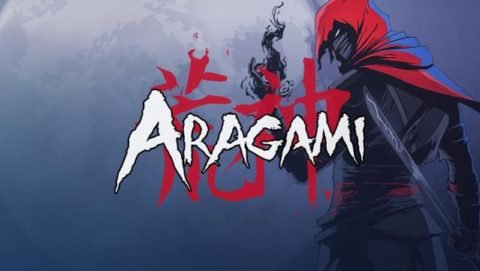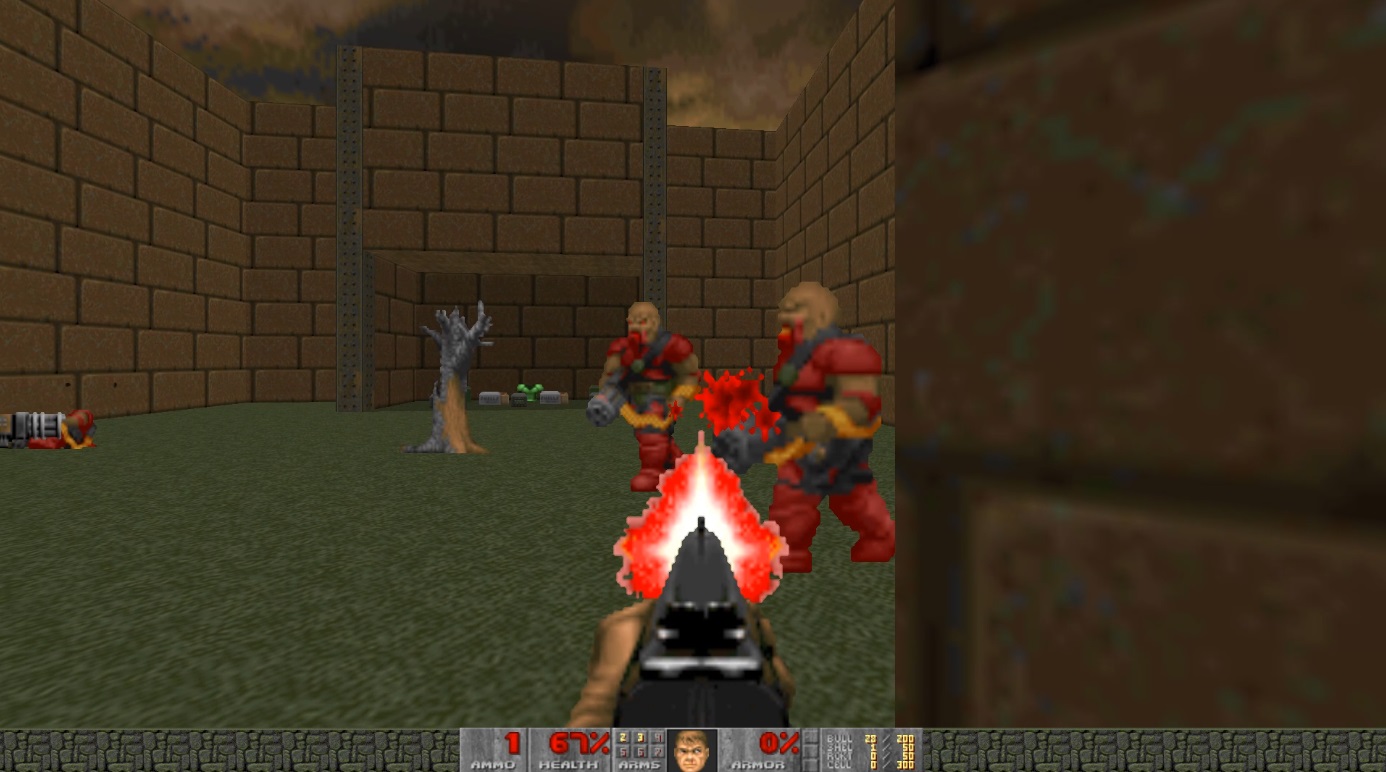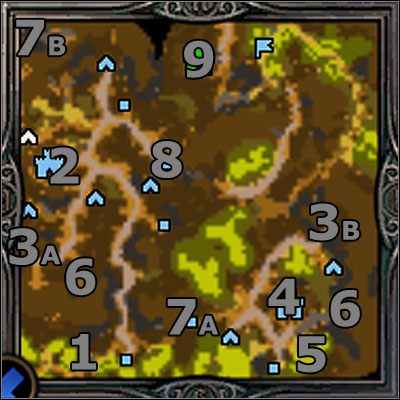


Player character deaths, even if they aren't permanent, have lasting consequences in a Critical Role D&D campaign, thanks in no small part to the creativity of Matthew Mercer and the dramatic sensibilities of the players. With this small modification to the rules, resurrection in a Critical Role D&D campaign becomes much more dramatic and gives the voice actor cast of the Actual Play a chance to engage in highly poignant role-play.
HEROES OF MIGHT AND MAGIC LAST SOUL STANDING WALKTHROUGH PC
The DC number for this Resurrection roll increases every time a player character dies and is revived, while PC actions such as giving speeches or making offerings to their dead comrade will lower the difficulty back down. Related: How Critical Role's Calamity Ties Into The Exandria Unlimited Serie Instead of automatically succeeding, Resurrection only succeeds on a successful D20 dice roll. The most important home-brew D&D rule in Critical Role, however, may well be the modification Mercer made to D&D's Resurrection spell.

Over the course of Critical Role's three seasons of play, Mercer and his fellow voice actor friends have introduced several home-brew subclasses, original character classes like the blood hunter, and other cool pieces of original D&D content that was officially published in source books like Explorer's Guide to Wildemount. In all three seasons of the Critical Role Actual Play, though, Dungeon Master and voice actor Matthew Mercer has kept the stakes of character death high with the following approaches. Even with these restriction, most longtime D&D player characters who level up past a certain point and attain a decent reserve of gold are almost impossible to permanently kill. Finally, resurrection spells required a piece of the dead adventurer’s corpse in order to take effect if a PC was disintegrated by magic or digested in a monster’s belly, their death would be final. More modern editions of D&D would waive this experience point penalty, but still require Clerics to possess expensive spell components in order to fuel their reviving spells. Older editions of D&D would strip away experience points from player characters who were resurrected, causing them to temporarily lose levels in their character classes. To keep D&D Cleric domain spells like Revivify and Resurrection from cheapening player character deaths in Dungeons & Dragons, Gygax and other future developers created rules to limit how these literal death-defying spells could be used. Related: History of the Cleric Fantasy Character Class In RPGs (& Mythology)

The next character class to be created, standing between the extremes of wizard and warrior, was the cleric - a militant saint who could wield a limited range of weapons/armor and cast spells styled after the miracles of Abrahamic prophets - conjuring food and drink, healing the injured, and even, at high-enough class levels, resurrecting the dead. Then there was the wizard class (initially called “Magic-User”), who could cast magic spells to destroy enemies, befuddle people, and surmount the threats of a dungeon. First there was the fighter D&D character class (initially named “Fighing-Man”) a warrior archetype who could wield all weapons, wear all armor, and lead bands of soldiers into battle. To represent different archetypes of fantasy heroes, Gary Gygax and Dave Arneson created discrete packets of abilities and equipment proficiency rules called character classes. The notion of character resurrection in fantasy RPGs, like with many other concepts, originated in Dungeon & Dragons, the role-playing game that started it all.


 0 kommentar(er)
0 kommentar(er)
